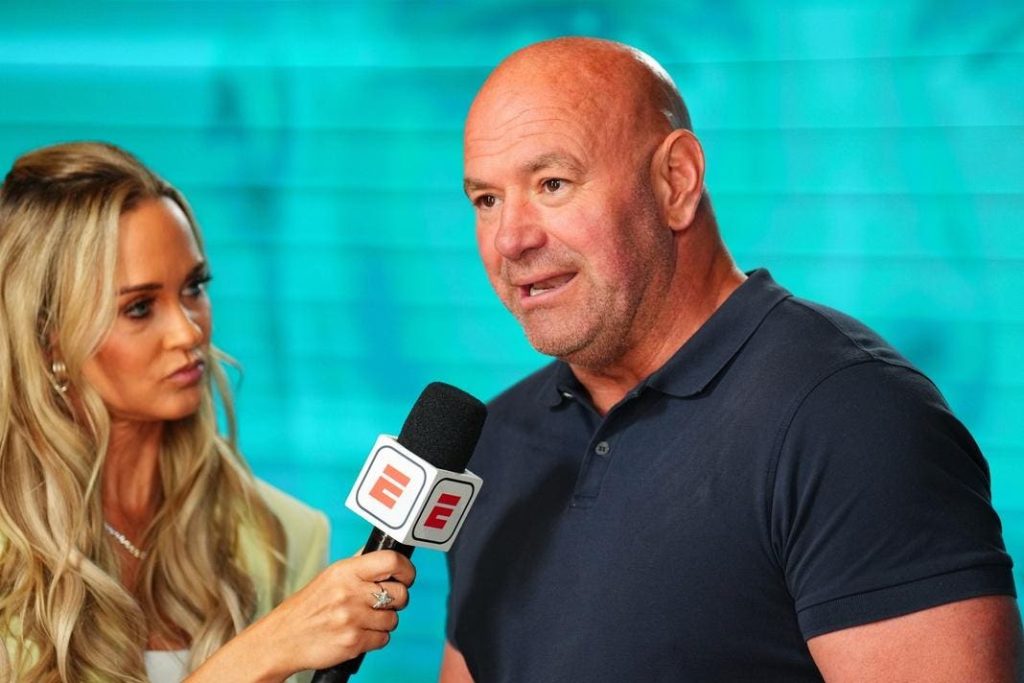On the heels of the UFC announcing their upcoming $7.7 billion rights deal with Paramount, Dana White was bound to be hit with questions about what the new agreement will mean for the promotion’s future as well as the fighters.
During the post-event presser following the first episode of the new season of Dana White’s Contender Series, White made one thing clear: “Bonuses are obviously going up. That’ll be big.”
Here is the clip.
White is referring to the fighter bonuses that have traditionally been set at $50,000 for each of the two Performance of the Night winners and another $50,000 apiece for the fighters who take home Fight of the Night honors.
These bonuses have been a fixture of UFC events for years, serving as a major incentive for fighters to put on memorable performances and thrilling fights for fans.
White didn’t say exactly how high the bonuses would be raised, but considering the new rights deal is five times the size of the last one, it would make sense for bonuses to double — at least.
A jump from $50,000 to $100,000 per bonus would be a game-changer for many fighters, especially those lower on the card whose base pay is still relatively modest compared to top stars.
Having a fighter earn $100,000 for a Performance of the Night would make a significantly larger impact on their lives and careers. It could help them invest in better training camps, pay off debts, or simply take the financial pressure off so they can focus more on preparation.
Some might even argue the bonuses should go higher than that given the scale of the new media rights agreement.
As it stands, it’s refreshing to learn there will be an increase. Even so, this development raises a much bigger question: how will the UFC’s new influx of cash impact baseline pay for fighters? And perhaps just as importantly, how open will the promotion be with that information?
White told the media those things are still being worked out and that the UFC doesn’t need to have definitive answers until January, when the historic deal with Paramount officially begins. That’s when the new distribution model — which will make every UFC event available to Paramount+ subscribers without an additional pay-per-view fee — kicks in.
If the overall revenue share for fighters doesn’t increase, the UFC will still find itself in the crosshairs of critics who believe the promotion should be shelling out more than the 17–20% it currently pays its athletes.
That figure is dramatically lower than the revenue share in other major professional sports leagues, where athletes often take home 48–50% of league revenues.
With this deal, the UFC has put itself in a position to quiet some of those criticisms.
More transparency and a noticeable boost in fighter pay could help shift the narrative, especially at a time when fighter unions and collective bargaining remain hot-button topics in the sport.
In the coming weeks and months, we’ll learn more about how the new rights deal will directly affect both fighters and fans. For now, the only certainty is that bonuses are going up — and for many fighters, that’s already a win worth fighting to earn.
Read the full article here










